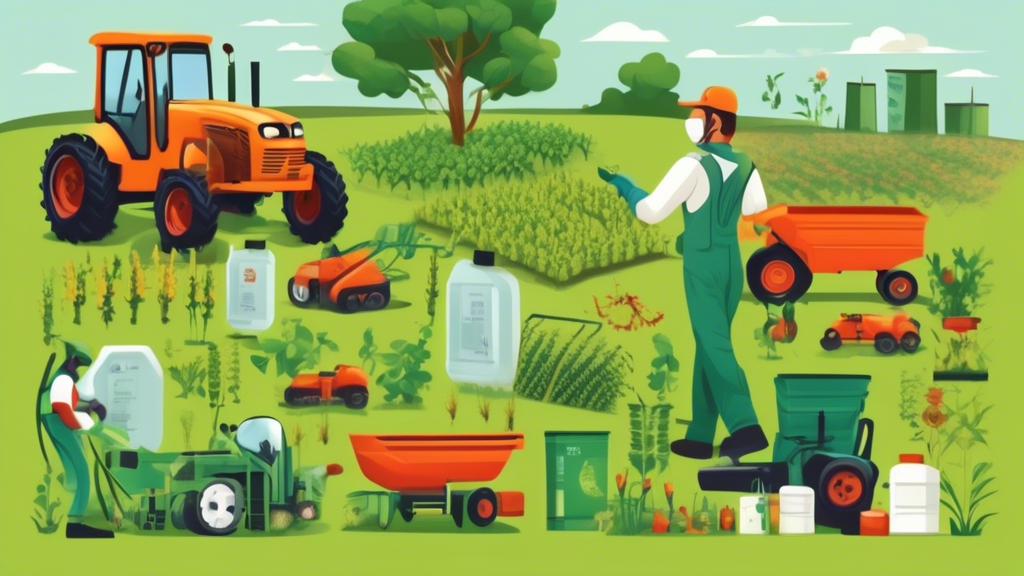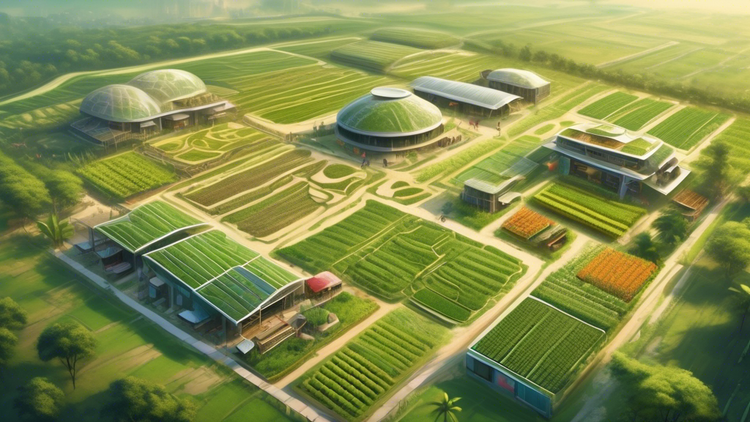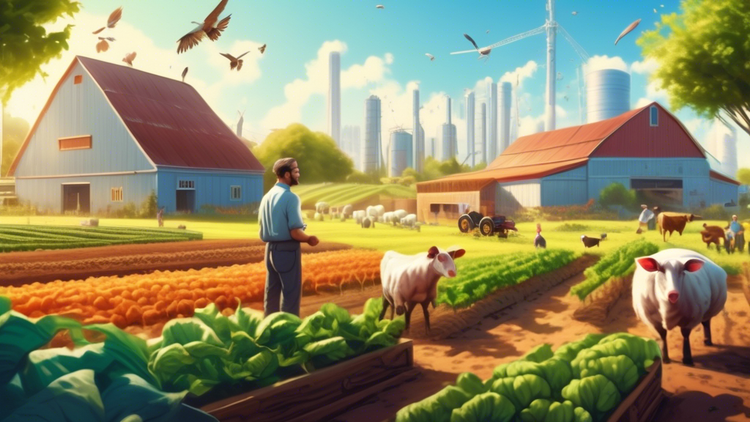An Introduction to Pesticide Categories for Agricultural Use

Types of Pesticides
Pesticides are broadly categorized based on the type of pest they target. The main categories include:
- Insecticides: Used to control insect pests
- Herbicides: Used to control weeds and unwanted plants
- Fungicides: Used to control fungal diseases
- Rodenticides: Used to control rodents such as mice and rats
- Nematicides: Used to control nematodes (microscopic worms)
Chemical Classes of Pesticides
Pesticides can also be classified based on their chemical composition. Some common chemical classes include:
- Organophosphates: Highly toxic to mammals and insects, used as insecticides and herbicides
- Carbamates: Similar to organophosphates, used as insecticides, fungicides, and herbicides
- Pyrethroids: Synthetic compounds based on natural pyrethrins, used as insecticides
- Neonicotinoids: Systemic insecticides that affect the central nervous system of insects
- Triazines: Widely used herbicides for controlling broadleaf and grassy weeds
Mode of Action
Pesticides can be further classified based on their mode of action, which refers to how they affect the target organism. Some examples include:
- Contact pesticides: Kill pests upon direct contact
- Systemic pesticides: Absorbed by the plant and distributed throughout its tissues, killing pests that feed on the plant
- Selective pesticides: Target specific pests while minimizing harm to non-target organisms
- Non-selective pesticides: Broad-spectrum pesticides that affect a wide range of organisms
Formulations
Pesticides are available in various formulations, which determine how they are applied and their effectiveness. Common formulations include:
- Emulsifiable concentrates (EC): Liquid pesticides that are mixed with water before application
- Wettable powders (WP): Dry, finely ground pesticides that are mixed with water before application
- Granules (G): Dry, ready-to-use pesticides in the form of small pellets
- Dusts (D): Dry, powdery pesticides that are applied directly to the target area
- Baits (B): Pesticides mixed with food or other attractive substances to lure and kill pests
Here's a thought to consider:
When selecting and using pesticides, it is crucial to consider their potential impact on human health, non-target organisms, and the environment. Always follow label instructions, use appropriate safety equipment, and consider integrated pest management (IPM) strategies that minimize reliance on chemical pesticides.
Looking for updates? Sign up to our newsletter for weekly snippets.
#PurelyPlanted #WholesomeHarvest #PlanetPlatter





